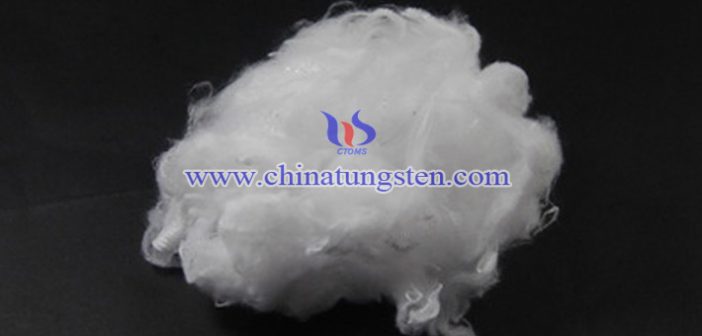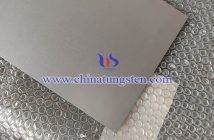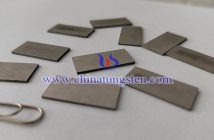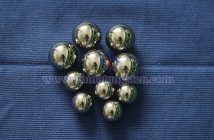Recently, researchers at the University of Science and Technology of Taiwan successfully fabricated a nanofiber membrane, a purple tungsten oxide/polylactic acid fiber membrane (WWO2.72/PLA), through a novel nanometer to submicron ultrafine fiber processing method.
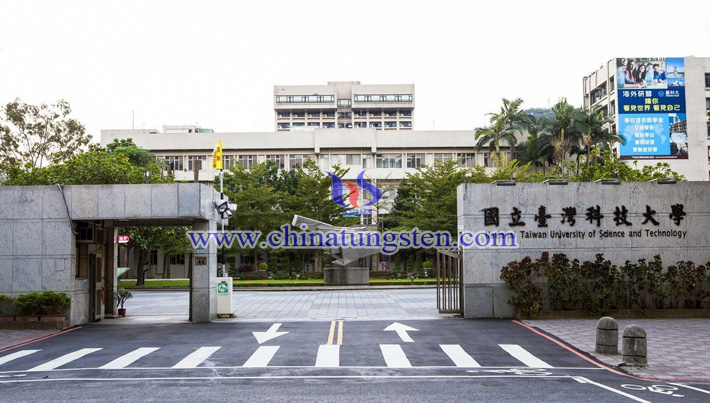
Taiwan tech picture
We all know that solar energy is a clean energy source, and it is inexhaustible. According to statistics, the energy consumption in the world for one year is only equivalent to the solar energy that hits the earth on a day. In other words, sunlight provides us with enough renewable energy. Not only that, but the potential of sunlight is converted into heat. Therefore, solar energy is widely used for residential heating, seawater desalination, sewage treatment, and steam generation. However, materials that are inexpensive and have high photothermal conversion efficiency need to be explored. In other words, the development and preparation of photothermal materials still faces many challenges.
All in all, the development of efficient photothermal materials is a very important issue. Only by solving this problem can we obtain a photothermal material with higher solar-thermal conversion efficiency and more efficient water evaporation performance.
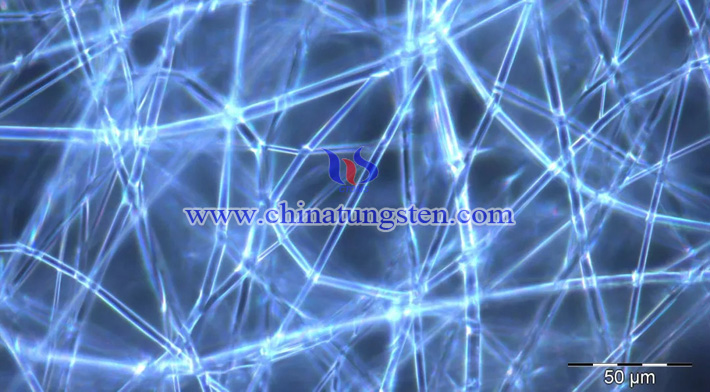
electrospinning picture
Therefore, recently, the Taiwan University of Science and Technology has sent good news. Their researchers have successfully prepared a nanofiber membrane - mainly obtained by melt electrospinning to reduce tungsten oxide / polylactic acid. Among them, the tungsten oxide used is purple tungsten oxide, a metal oxide having a strong near-infrared (NIR) light absorbing ability. Therefore, there is no doubt that the NIR photothermal conversion performance of the obtained nanofiber membrane is improved.
Based on this, the researchers incorporated the nano-violet tungsten oxide particles into a polylactic acid matrix by melt processing, and then extruded the composite into a wire using a single screw extruder. Thereafter, a fiber membrane was prepared from the extrusion line of the purple tungsten oxide/polylactic acid composite by melt electrospinning. It must be said that the cost of preparing nanofiber membranes by the technique of melt electrospinning is low and effective. In addition, this process does not add chemicals to the harmful environment, which is conducive to environmental protection.
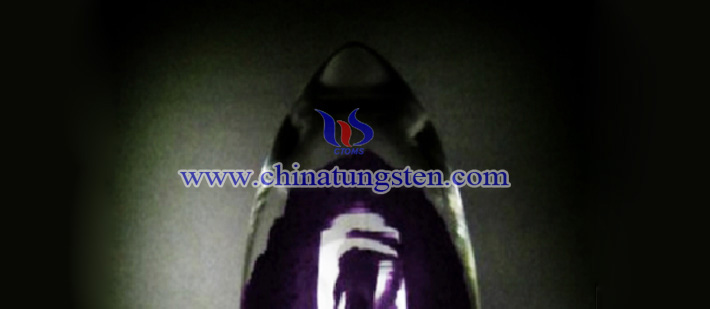
purple tungsten oxide picture
Then, the researchers applied the resulting fiber membranes to practice. They applied a molten electrospun purple tungsten oxide/polylactic acid fiber membrane design with surface hydrophobicity and floating on water to the steam generation based on the solar heating interface concept. The results of the practice show that the water evaporation efficiency of the photothermal fiber membrane containing the purple tungsten oxide nanoparticles (7 wt%) is about 81% higher than that of the pure polylactic acid fiber membrane (PLA fiber membrane). The results of this study provide the idea for the development of a new type of photothermal fiber membrane, that is, the development of a new type of photothermal fiber membrane that enhances the performance of light-driven water evaporation, making it effective for water treatment and desalination.
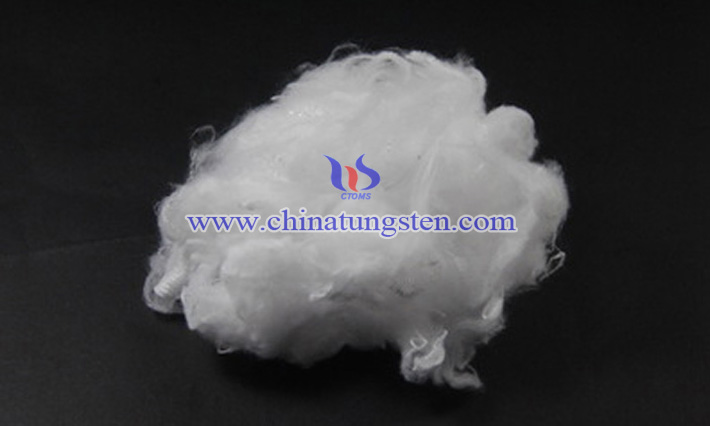
polylactic acid fiber picture
We must first understand what is electrospinning? Moreover, there are many techniques for preparing ultrafine fibers at present. Among them, electrospinning (electrospinning) is a new processing method capable of continuously and rapidly preparing nanometer to submicron ultrafine fibers. In recent years, people have been very concerned about it. Because, in theory, any polymer material that can be melted or dissolved can be electrospun, not just PLA, but also other such as nylon, polyurethane, polyoxyethylene, polyacrylonitrile, polyaluminum. Polymers such as amines, polyvinyl alcohols, and polycaprolactones are also acceptable. Of course, the reason why electrospinning has been highly valued in recent years is thanks to the development of nanotechnology.
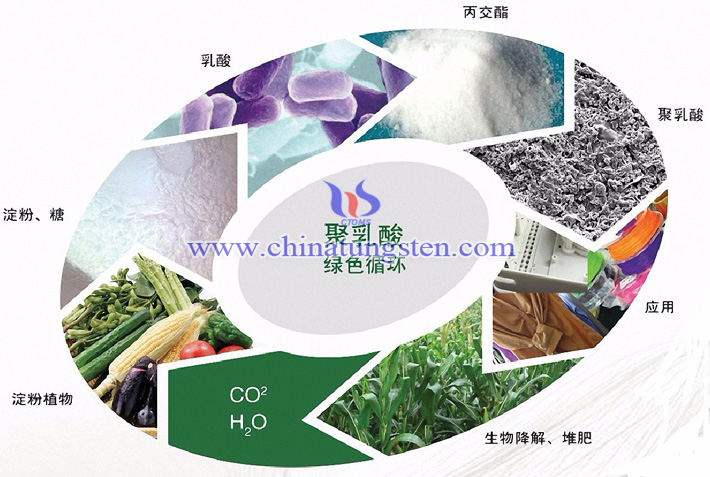
polylactic acid picture
Melt electrospinning is a method of electrospinning. Another electrospinning method is solution electrospinning. At present, the solution electrospinning technology is very mature, but there are problems such as low production efficiency, solvent recovery, and emission pollution. In contrast, melt electrospinning is considered to be a more economical, environmentally friendly, and safer electrospinning technique because it does not require the addition of any solvents, is environmentally friendly, and produces a smooth fiber surface. No flaws, and high production efficiency. Because of the characteristics of the process itself, the melt electrospinning technology has been applied in the fields of filtration protection, biomedicine and energy storage packaging.
We should be grateful to the hard work of a generation of photothermal materials researchers, who let light and thermal materials and nanotechnology not only be materials and technology, but a combination of the two and even more.

